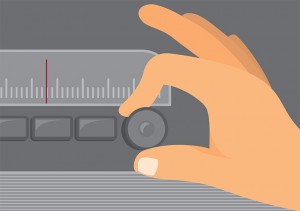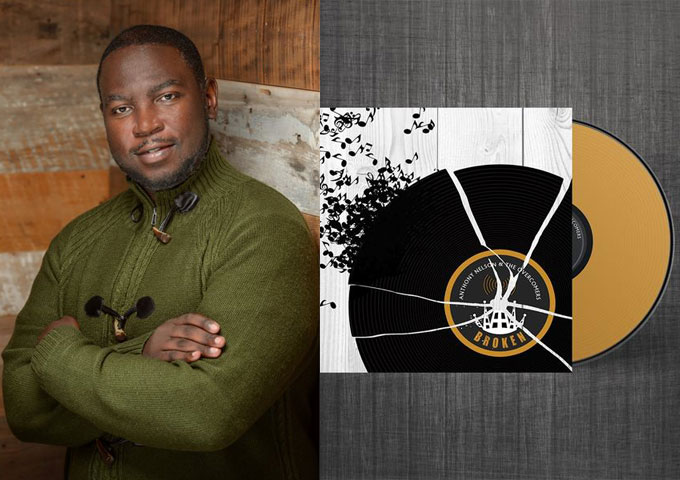Although not the smoothest of transitions, radio continues to be a beloved source of music, news, and advertisements.
 Americans still feel right at home with the radio dial. Contrary to what you might believe, radio isn’t dead. Over 91 percent of Americans still listen to the radio at least once a week. That’s millions of listeners still turning on the radio and switching those nostalgic dials.
Americans still feel right at home with the radio dial. Contrary to what you might believe, radio isn’t dead. Over 91 percent of Americans still listen to the radio at least once a week. That’s millions of listeners still turning on the radio and switching those nostalgic dials.
Adapting to the New Generation
Radio used to fear the Internet taking over its airwave dominance. However, through adaptation, traditional radio stations have succeeded in the transition through online streams and podcasts. This ultimately was a huge step for radio stations to take, but in the end, radio networks are still prevalent today, even with the younger generation.
According to Steve Doctrow, Executive Vice President of Rogers & Cowan, Millennials are surprisingly outpacing the Boomer generation in radio usage. It may be hard to believe but Millennials have adapted to this so-called “vintage” form of listening to music.
Radio Advertisements Take a Different Approach
Another plus for the radio industry is the fact that small and medium businesses have an increased range of options when it comes to advertisements. The Millennials represent a group of new generation young adults that grew up in a different type of culture. Businesses are beginning to target them with a different approach that caters to something that they relate to.
Because the radio is predominantly used in the car, advertisements tend to be brief and frequented to capture the attention of their targeted audience. One common strategy that’s implemented has to deal with demographics. This is one of the most important aspects in the advertisement industry. By understanding who you’re targeting, where they live, and what type of interests they’re into, businesses can translate that into a new customer more frequently than not.



